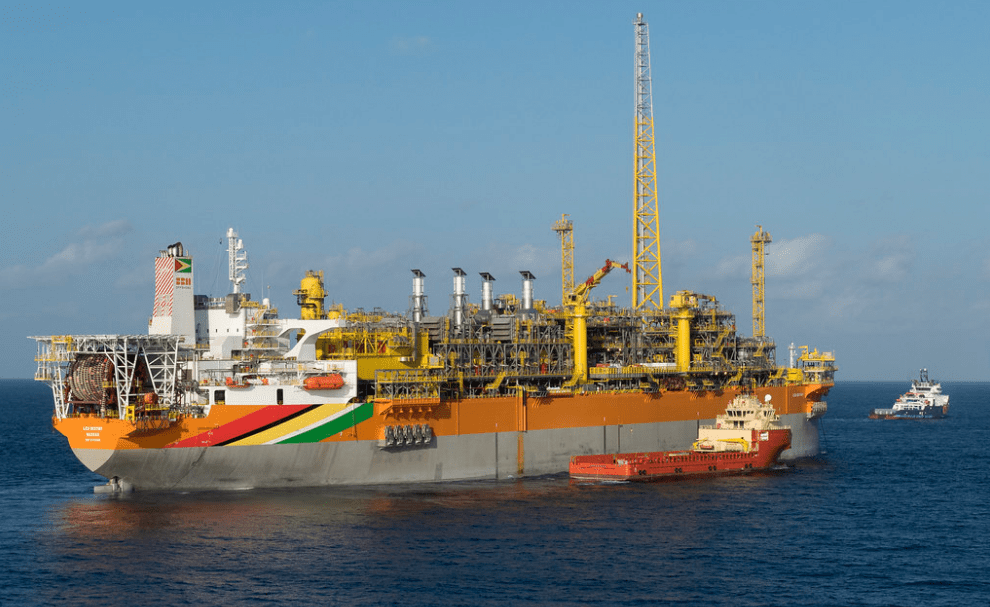ExxonMobil Guyana is looking to put all systems in place to ensure optimal performance for its fifth development.
Ahead of environmental authorisation from authorities, the oil giant is taking steps to ensure that issues with flaring do not occur there.
Exxon’s in-country Projects Manager Anthony Jackson on Monday disclosed at a public scoping meeting for the project that the company will ensure spares are installed for the compression system aboard the development’s vessel to reduce non-routine flaring.
This can be during equipment maintenance or to prevent pressure build-up.
Exxon’s first development – Liza 1 with the Destiny vessel was marred by flaring issues, a direct result of a faulty compression system.
The flaring issues were so persistent that authorities introduced a US$30 flaring charge per tonne of Carbon Dioxide equivalents (CO2e) emitted in the amended Liza 1 and Liza 2 environmental permits.
That figure was later increased to US$45 and can be increased further if the Environmental Protection Agency (EPA) sees fit. Both permits categorically state that flaring is only permissible during commissioning, start-up, or special circumstances. Subsequent permits granted contain similar provisions.
EPA amends Liza Phase Two Permit to include US$45 flaring payment | OilNOW
With Uaru, Exxon pledged to adhere to strict international standards.
It said Uaru will be designed for no routine flaring of associated gas and this would be consistent with the oil major’s plans to align with the World Bank’s initiative to eliminate routine flaring by 2030.
And taking it a step further, Jackson said that Exxon will also be developing a “flare minimisation plan” for Uaru.
Exxon’s flaring issues at the Liza 1 development has seen the company expending some GY$900 million in payments for flaring in 2021 alone.



